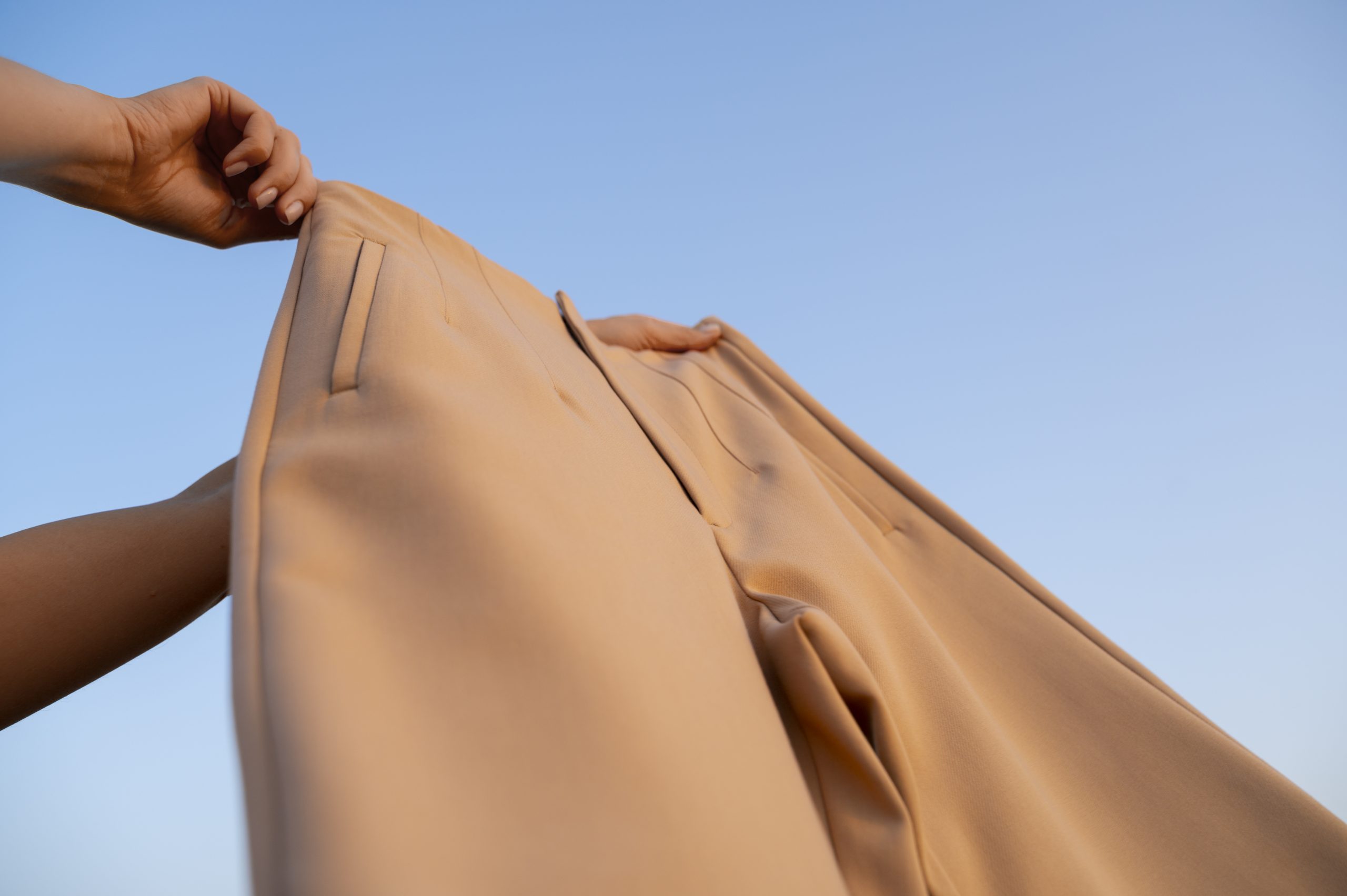
HOW TO EXTEND THE LIFESPAN OF YOUR CLOTHING?
June 26, 2024
NEW TREND IN FASHION: RECOMMERCE
June 26, 2024Meeting the responsibility for the future of fashion begins with making conscious decisions as a fashion consumer and opting for sustainable brands. Since the beginning of 2020, with the influence of the pandemic, consumer awareness has been awakening, and the increasing purchasing power of Generation Z, with their desire for eco-friendly fashion, has been gradually transforming the industry. We extensively discussed this shift in “Sustainable Fashion and Conscious Consumer” content.
Here are the sustainability criteria that make a brand environmentally and human-friendly. If you want to change your fashion habits and be part of the change and transformation in fashion, you should strive to purchase items from brands that adhere to these criteria.
Environmentally Friendly Materials

Using natural materials instead of synthetic ones, which threaten human health and pollute the environment with toxic chemicals during the production process, is one of the primary sustainable brand criteria. However, it’s essential to remind you that not all natural materials are eco-friendly. The most striking example of this is conventional cotton, which requires excessive irrigation during cultivation, leading to the depletion of water sources in cotton-growing regions, causing illnesses among agricultural workers and polluting soil and water.
Eco-friendly materials such as organic cotton, recycled cotton, and undyed linen are frequently used in textiles as eco-friendly materials.
Recycled Material / Recyclability
While talking about eco-friendly materials, it’s essential to emphasize that recycled materials have the least impact on nature. Rather than reproducing, recycling an already produced raw material and reusing it always offers a more environmentally friendly solution. Additionally, the recyclability of the materials and fabrics used in production is also an essential sustainability criterion. Pieces designed with consideration of what will happen when their intended lifespan ends, making them recyclable, positions the brand as a sustainability pioneer.
Upcycling
Upcycling is an approach that is as environmentally conscious as recycling and reduces the carbon footprint of fashion. Sustainable fashion brand Knot_X collected unused yarn from textile manufacturers last year and prepared a collection from these threads. We believe that such upcycling models and similar approaches will shape fashion in the near future.
Low Carbon Emissions
In “Good Fashion Choices That Will Solve the Climate Crisis,” we mentioned that to keep the temperature rise below 1.5 degrees, carbon emissions need to be reduced by 45% by 2030 and zeroed by 2050. We must reduce the carbon footprint of fashion. Brands that manage waste, renew transportation and shipping systems with low-carbon systems, and use nature-friendly materials with lower carbon emissions are reducing fashion’s carbon footprint by taking real steps toward sustainability.
Nature-Friendly Packaging

Plastic-free packaging is one of the most significant concerns for sustainable brands. Movements such as the Responsible Packaging Movement initiated by Prana are spreading among brands. Single-use plastics are decreasing day by day, and recyclable materials such as cardboard boxes and paper are preferred.
Ethical, Fair Conditions
One of the biggest problems in fashion is the inhumane working conditions applied in intensive production countries. Tiny, unsafe workshops, low wages, gender inequality, and more expose that this system is neither sustainable nor correct.
In Bangladesh, it was said that Rana Plaza, where textiles were produced for brands such as Benetton, Bonmarché, The Children’s Place, Joe Fresh, Mango, Matalan, and Primark, was a risky structure and needed to be evacuated. However, the building was not evacuated to avoid interrupting production. Shortly after, on April 24, 2013, Rana Plaza collapsed, claiming the lives of hundreds of people, highlighting the urgent need for fair and ethical conditions in fashion.
Circular Systems and Waste Management

We talked about how circular systems are the future of fashion and play a key role in reducing fashion’s carbon footprint in our blog content. As we always say: What happens to a product at the end of its lifespan is as important as the production process. And the fewer waste a brand produces, the better it manages its idle products, and the more it can recycle its waste, the more sustainable it can be considered. Our opportunity as Nivogo offered to brands is actually precisely this. You can check out our blog content for details.
For sustainable fashion, now there is a definition where production, sales, and consumption stages are sustainable. So, after shopping from sustainable brands that meet these criteria, it is the consumer’s responsibility to take care of the clothes they bought, use them for a long time, wash and repair them according to the instructions, and so on. Finally, let’s remember this: Adopting sustainable fashion habits means making small but essential lifestyle changes in daily life, but every step taken, no matter how small, makes a difference for the future of the planet.



